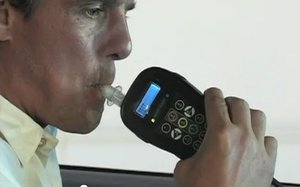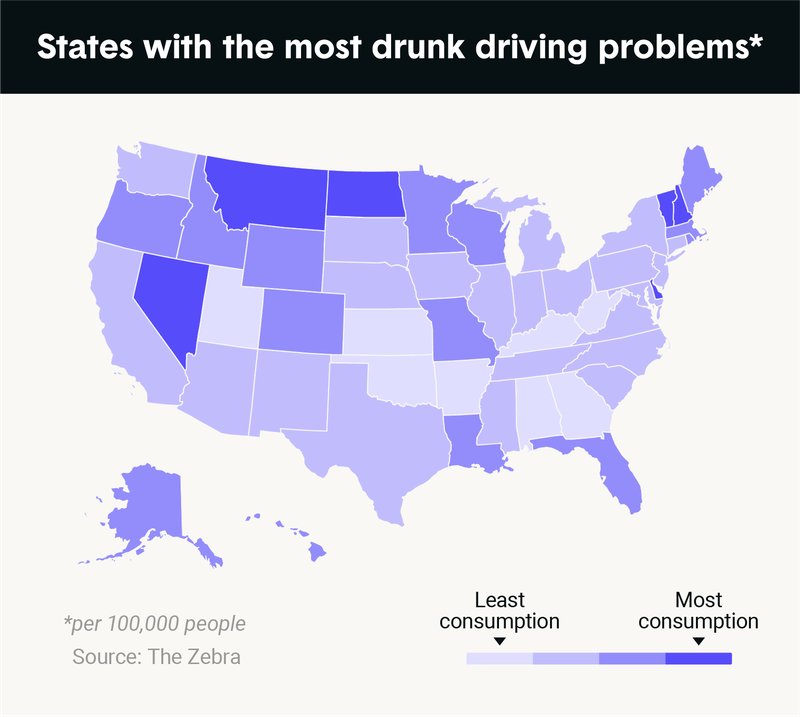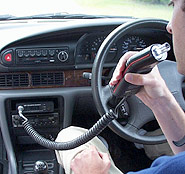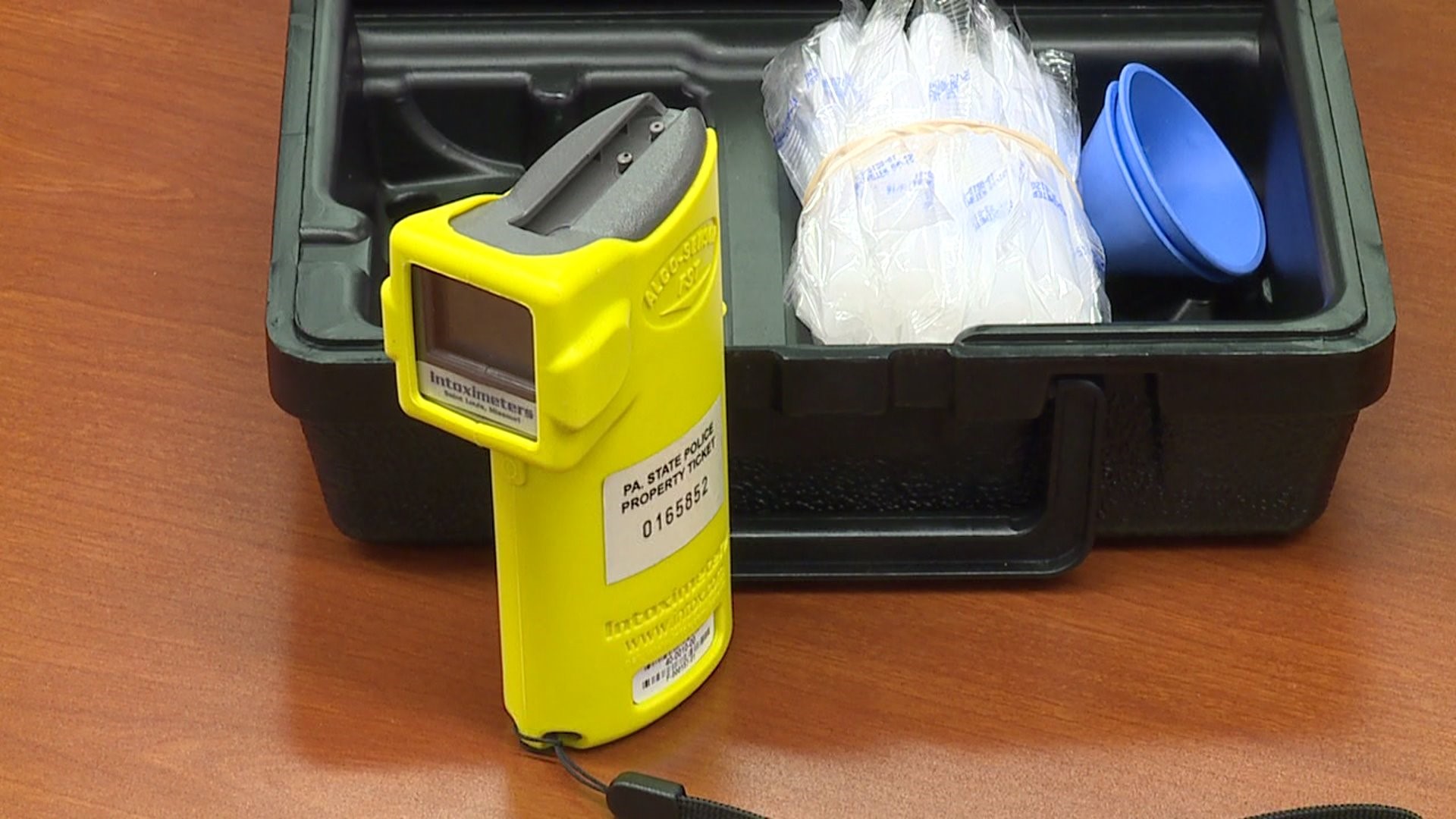
The WA Supreme Court consolidated two search & seizure cases with very similar facts. Both cases involve Terry stops of a defendants who entered a high-crime areas and visited homes occupied by suspected drug dealers.
TERRY STOPS
Generally, under the Fourth Amendment to the United States Constitution and article I, section 7 of Washington’s constitution, an officer may not seize a person without a warrant. However, exceptions exist. A Terry investigative stop is one of the exceptions.
For those who don’t know, a “Terry stop” is a brief detention of a person by police on reasonable suspicion of involvement in criminal activity but short of probable cause to arrest. Picture an officer walking up to you and asking for your I.D. The name derives from Terry v. Ohio, 392 U.S. 1 (1968), in which the U.S. Supreme Court held that police may briefly detain a person who they reasonably suspect is involved in criminal activity. Also, police may conduct a limited search of the suspect’s outer garments for weapons if they have a reasonable and articulable suspicion that the person detained may be “armed and dangerous”. When a search for weapons is authorized, the procedure is known as a “stop and frisk.”
To have reasonable suspicion that would justify a stop, police must be able to point to “specific and articulable facts” that would indicate to a reasonable person that a crime has been, is being, or is about to be committed. Reasonable suspicion depends on the “totality of the circumstances”, and can result from a combination of facts, each of which is by itself innocuous.
State v. Fuentes
In this case, police officers were conducting a stakeout of a known drug house. They saw Marisa Fuentes park her car across the street from the apartment. She walked up to the apartment, entered, stayed for about five minutes, and returned to her car. She opened the trunk of her car and removed a small plastic bag. The bag contained something about the size of a small football. Then Fuentes reentered the apartment, stayed for about five minutes, and returned to her car with a bag that had noticeably less content than when she entered the apartment.
Based on what officers observed, police stopped Fuentes’ car on suspicion of narcotics activity. An officer advised Fuentes that he needed to talk with her. For safety reasons, the officer requested that Fuentes come to the police vehicle, which she did. The officer read Fuentes her Miranda rights. Fuentas waived those rights and admitted she delivered marijuana to Fenton’s apartment.
The State charged Fuentes with Delivery of Marijuana. Fuentes moved to suppress evidence uncovered from the investigative stop of her car, including her statement about delivering marijuana, arguing that the police lacked reasonable suspicion to justify the Terry stop of her vehicle. The trial court concluded that officers had reasonable suspicion to stop the vehicle and therefore denied the motion to suppress. Fuentes was subsequently convicted of delivery of marijuana at a stipulated facts trial. She appealed.
The WA Supreme Court decided the police had reasonable suspicion of criminal activity particularized to Fuentes before the stop occurred.
The officers in this case. They knew about past drug activity at Fenton’s apartment. Police made controlled buys from Fenton and conducted a search of the apartment 11 months before and found drugs. The officers also testified they had recent information from individuals arrested on drug-related charges that Fenton was still dealing drugs. Additionally, officers observed foot traffic that morning (10 visits between 10 p.m. and midnight) that suggested ongoing drug transactions.
Additionally, officers could reasonably infer that Fuentes participated in the ongoing drug transactions: Fuentes entered the apartment briefly, then returned to her car. She then carried a plastic bag into the apartment, and she left with a bag that had noticeably less content. Her stay lasted approximately five minutes. From these observations, officers could form a reasonable suspicion that Fuentes made a delivery at the apartment.
The WA Supremes affirmed the Court of Appeals in Fuentes because, under the totality of circumstances, the officers had individualized reasonable suspicion of criminal activity.
State v. Sandoz
In this case, around 11:30 p.m., Officer Chris Pryzgocld drove his patrol car past a six-unit apartment building in SeaTac. A high number of documented criminal incidents occurred in the area of this apartment building, including drug-related activity.
He saw a white vehicle parked illegally. The driver of the Jeep slumped down, as if to hide from the officer’s view, as the officer drove by. The officer parked his marked patrol car about 20 yards away. After waiting, he made contact with the slumped-over driver.
The officer observed Steven Sandoz leaving the apartment. The officer asked Sandoz what was going on. Sandoz replied that his friend gave him a ride to collect $20 from a friend. After more conversation, Sandoz admitted that he had a drug problem and said that he had a crack pipe in his pocket. Sandoz took out the pipe, and the officer arrested Sandoz for possession of drug paraphernalia. During a search incident to arrest, the officer felt something in Sandoz’s groin area. The officer read Sandoz his Miranda rights, and Sandoz admitted that he had two small envelopes of cocaine in his underwear.
Sandoz was arrested and charged with Possession of Cocaine. Although he tried suppressing the evidence at pretrial, the Judge denied the motion for the following reasons: (1) the officer knew the area had extremely high drug activity based on 911 calls and drug dealing investigations, (2) the officer knew that the apartment Sandoz exited belonged to Ms. Meadows, who had numerous drug-related convictions, including possession with intent to deliver, (3) the officer had express authority from the complex owner to trespass nonoccupants for “loitering” at the complex, (4) the Jeep did not belong to any of the tenants at the complex, (5) the driver of the Jeep slouched down when the officer drove past, (6) the driver and Sandoz had conflicting stories for why they were in the area, (7) Sandoz looked surprised when he saw the officer, and (8) Sandoz visibly shook and looked pale when the officer talked to him.
Sandoz was found guilty at a bench trial he appealed. The WA Supreme Court granted certiorari.
Under the totality of the circumstances, the WA Supreme Court ruled that the officer did not have reasonable suspicion of criminal activity individualized to Sandoz to justify his Terry stop. First, Sandoz’s surprise at seeing the officer did not suggest criminal behavior. Next, the driver’s story did not conflict with Sandoz’s story. The driver said that his friend called him for a ride, and Sandoz said his friend gave him a ride to the apartment to collect $20. Rather than conflict, the stories confirmed one another.
Furthermore, as to Sandoz’s physical appearance, the officer did not attribute Sandoz’s pallor or shaking to drugs or to any illicit conduct. Thus, this fact does not add to circumstances that suggest criminal activity. The fact that the officer did not recognize the Jeep might justify the officer’s contact with the driver, but the oflicer did not connect this fact with anything the officer observed about Sandoz.
Additionally, Sandoz did not loiter or trespass. “Loiter” means “to remain in or near a place in an idle or apparently idle manner.” Sandoz did not remain idle: he left the apartment and walked immediately to the Jeep without stopping. Although the individuals in the Jeep may have loitered, that issue is not before the court. Similarly, Sandoz did not appear to trespass: he entered a tenant’s apartment, stayed inside at least 15 minutes without any known discord, and left directly to the Jeep. The facts suggest that Sandoz was an invited guest of Ms. Meadows, and as the officer stated, simply going into an apartment does not equal wrongdoing.
Finally, the Court reasoned that although Sandoz was visiting the apartment of a suspected drug dealer late at night in a high-crime area, this fact by itself does not justify a Terry stop. Other facts must exist to suggest criminal behavior. An officer’s hunch does not justify a stop. The totality of the circumstances in this case do not justify a Terry stop.
The WA Supremes concluded officers did not have reasonable suspicion that Sandoz engaged in criminal activity and reversed the Court of Appeals decision affirming his guilt.
Please contact my office if you, a friend or family member are charged with a crime. Hiring an effective and competent defense attorney is the first and best step toward justice.
















